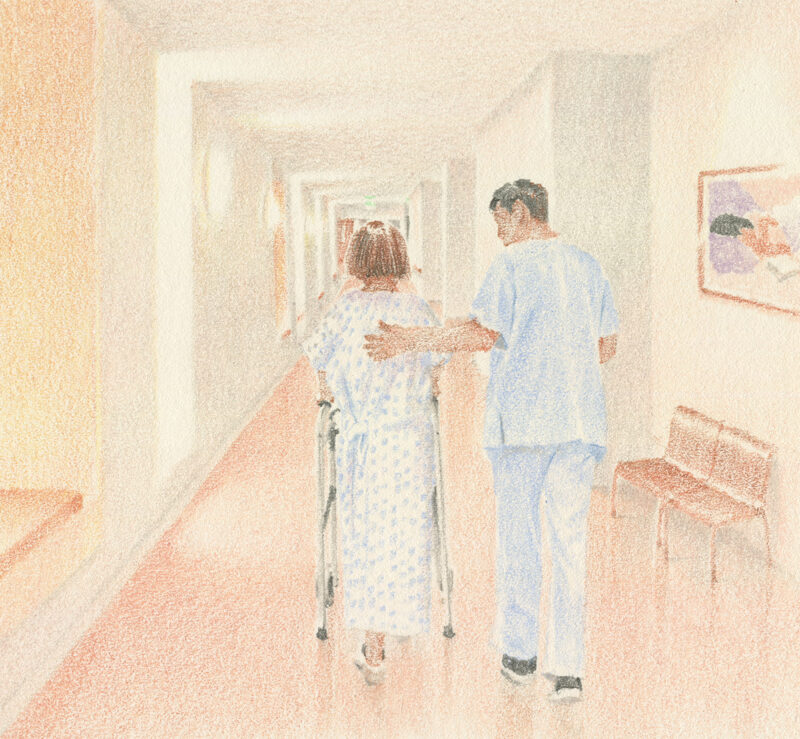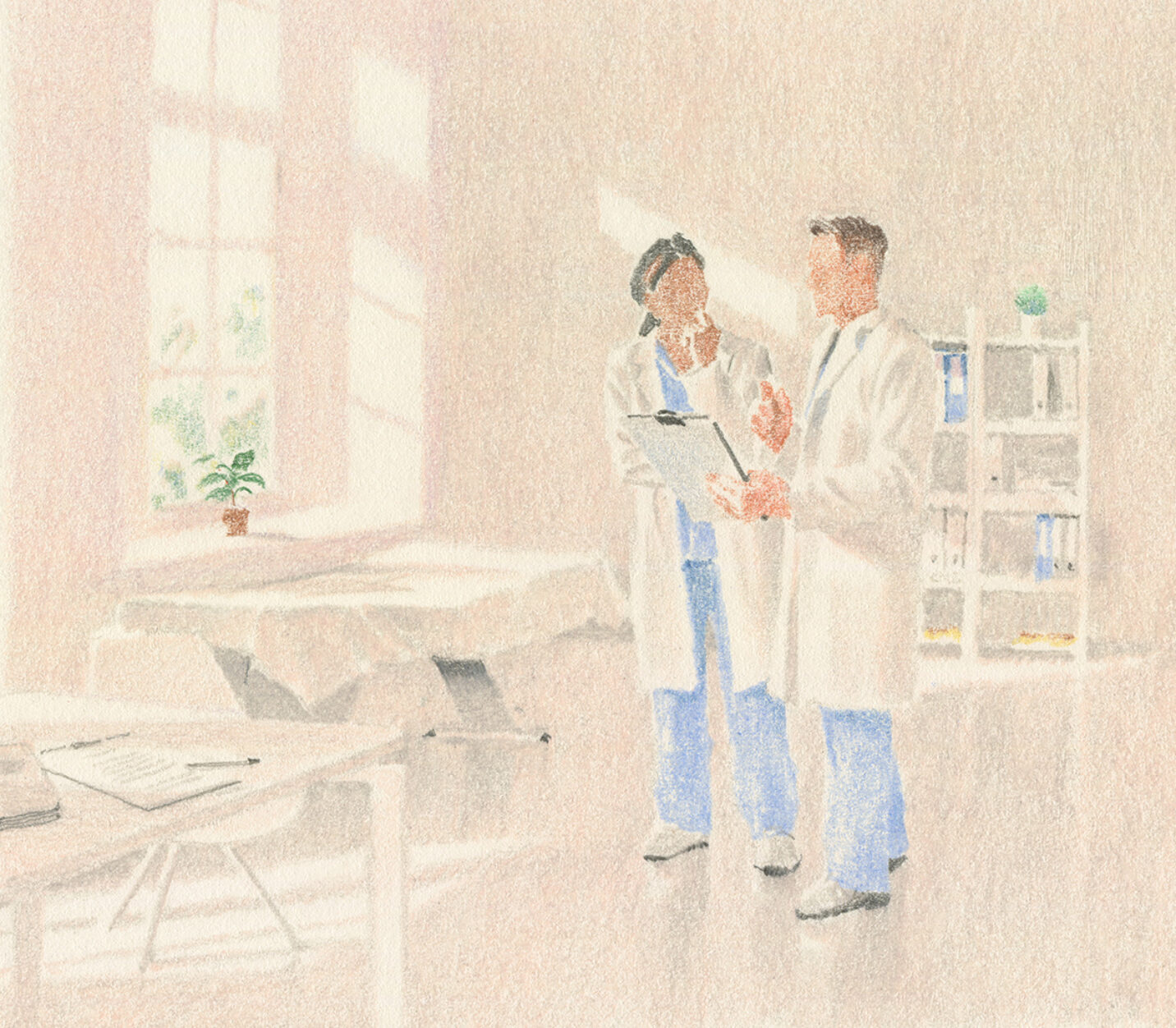Overview
A Southwestern medical center was bumping up against the same challenges many U.S. hospitals faced post-Covid but, for this hospital, they’d worsened over the past year. Nursing shortages, patient holds in the emergency department, orders not executed, and long wait times for discharge — largely around insurance authorization — all contributed to length-of-stay challenges.
The challenges, coupled with the makeup of the team — which includes an internal medicine residency program, supervised by Sound Hospital Medicine faculty — offered a strong opportunity to work with residents to implement new protocols that would not only reduce length of stay but also see the hospital’s readmission rate decline.

Focus on collaboration
Opportunity
With the focus on making sure the team was moving the needle on the efficiency and effectiveness of care — Sound’s Medical Director, Dr. Emad Hammode, looked at what their team could do to be more collaborative with case management and the residency program as well as have more visibility around that patient’s diagnosis, treatment, and discharge plan.
The Sound team saw an opportunity to work more closely with case management in moving patients to their next level of care and began enlisting residents in conversations around metrics. Length of stay, readmissions, and discharge times aren’t typically what residents learn in medical school, and the team saw an opportunity to build awareness, camaraderie, and trust around these important measures of a patient’s overall care.
With the collaboration and coordination of case management, physicians, and residents, Sound was able to drive more timely discharge and case management with more focused resources.

Identifying avoidable delays
Transformative change
Identifying the circumstances of the patient’s life outside the hospital — their access to healthcare, housing stability, socioeconomic status, and community support, to name a few — played a significant role in how the Sound team moved their patient to the next site of care. Becoming
attuned to those factors that could easily impact their patient’s health and quality of life and potentially send them back to the hospital, the team asked questions such as where the patient lived, with whom they lived, how they’d get home, and the support they’d have when they got
there. All this information, gleaned in several key practices implemented by the Sound team, helped inform their discharge plan and how they executed it.
Key results
Multidisciplinary Rounds
Bringing all members of the patient’s care team together helped provide a 360-degree view not only of their diagnosis and treatment, but their circumstances beyond the hospital and how those circumstances might adversely impact their recovery and health.
Readmissions workflow
For newly admitted patients, the team worked with case management to identify barriers and, if high-risk, ensure that patient had a primary care provider. They partnered with the hospital’s pharmacy residency program to put together a discharge recommendation. For patients who ended up being readmitted, the team would conduct interdisciplinary rounds to debrief on why. They’d share and document ideas for how to prevent readmission in the future for similar cases.
Avoidable delays
The team collaborated to identify and reduce any avoidable delays to discharge, including understanding the patient’s needs once they left the hospital, and used that information to develop interventions to improve care.
Residency education
Sound’s medical director built a curriculum for residents to better understand the impact that social determinants of health have on patient care and length of stay, and to better understand best practices around managing healthcare costs, including the operational metrics to measure against. The curriculum also included rounding with various specialty groups and applying knowledge of social determinants of health, cost, and metrics to avoid delays in discharge.
2.2%
improvement in LOS O/E
8%
improvement in anticipated discharge flagging
0.8
readmissions O/E
80.2%
next site of care (NSOC) as home


